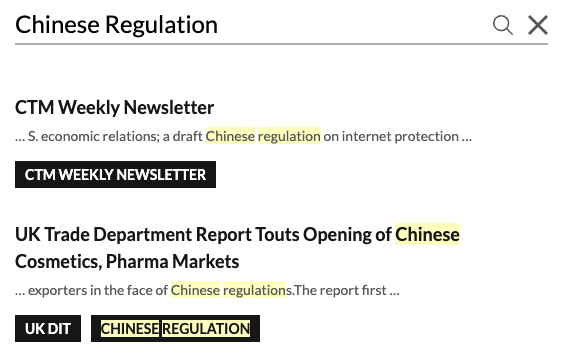On October 26, Chinese Premier Li Keqiang spoke at the 24th ASEAN Summit. During his speech, he called for further cooperation between China and ASEAN in economic integration, as well as in development, technology innovation, environmental protection and other areas.
During the speech, Li stated that:
China and ASEAN countries have kept the markets open to each other. Our trade and investment has continuously expanded, cross-border e-commerce has been flourishing, and our industrial and supply chains have become more closely linked. Since last year, ASEAN has been China’s biggest trading partner. For China, ASEAN is also a predominant destination of outbound investment and source of foreign direct investment.
According to MOFCOM (link in Chinese), ASEAN became China's largest trading partner in 2020, with the total value of trade reaching 684.60 billion USD, accounting for 14.7% of China's total trade. China's exports to ASEAN were 383.72 billion USD in 2020, and its imports from ASEAN were 300.88 billion USD for the same year. Among the ASEAN members, Vietnam, Malaysia, Thailand, and Singapore were the top trading partners of China in 2020.
With regard to efforts to enhance economic integration, Li called for ratification of the Regional Comprehensive Economic Partnership (RCEP), upgrading the China-ASEAN FTA (which was upgraded once in 2016), and support for China joining the Comprehensive and Progressive Agreement for Trans-Pacific Partnership (CPTPP). He stated that:
As global industrial and supply chains undergo a new round of profound adjustments, the momentum of regionalization has kept growing. China and ASEAN countries need to harness our strengths of geographical proximity and industrial complementarity to pursue regional economic integration at a higher level. As the Regional Comprehensive Economic Partnership (RCEP) approaches the threshold of entry into force, parties need to hasten work for the agreement to take effect as early as possible, so that people of all regional countries get to benefit from its outcomes at an early date. China will work with ASEAN to officially launch the joint feasibility study to identify other areas for possible inclusion in further enhancing the China-ASEAN FTA, focus on the digital economy, green economy and other new areas of cooperation, and make bilateral and regional economic and trade relations more mutually beneficial, open and inclusive. China and Cambodia have ratified the bilateral Free Trade Agreement, and the agreement will come into force and be implemented soon. China proposes discussing Multi-Nation Multi-Park cooperation with ASEAN, and building exemplary parks of international industrial capacity cooperation. China has officially applied to join the Comprehensive and Progressive Agreement for Trans-Pacific Partnership (CPTPP), and hopes to have the support of ASEAN countries. The China Import and Export Fair, the China International Import Expo, and the China-ASEAN Expo are important channels for closer trade and investment cooperation, and we welcome the continued, active participation of all parties in these events.
The RCEP is a trade agreement between the 10-member ASEAN and Australia, China, New Zealand, Japan and South Korea. It was signed in 2020. For it to take effect, at least six ASEAN countries and three partner countries must ratify the agreement. So far, six countries — Laos, Brunei, Singapore, Cambodia, China and Japan — have ratified it, while Australia, New Zealand, Thailand, Philippines, and Myanmar are close (link in Chinese) to finishing the domestic ratification process.
Regarding the CPTPP, China officially applied to join the CPTPP last month. Vietnam, Malaysia, Singapore and Brunei are members of the CPTPP. While it is important to have their votes, China needs a consensus of all CPTPP members to join the pact, which could be difficult, as it is in the midst of diplomatic tensions with Australia and Japan at the moment, and may have difficulties winning the support of Canada because of recent diplomatic disputes and possible objections from the United States (which could be pursued under USMCA Article 32.10, which gives the United States some degree of power over China entering FTAs with Canada).

